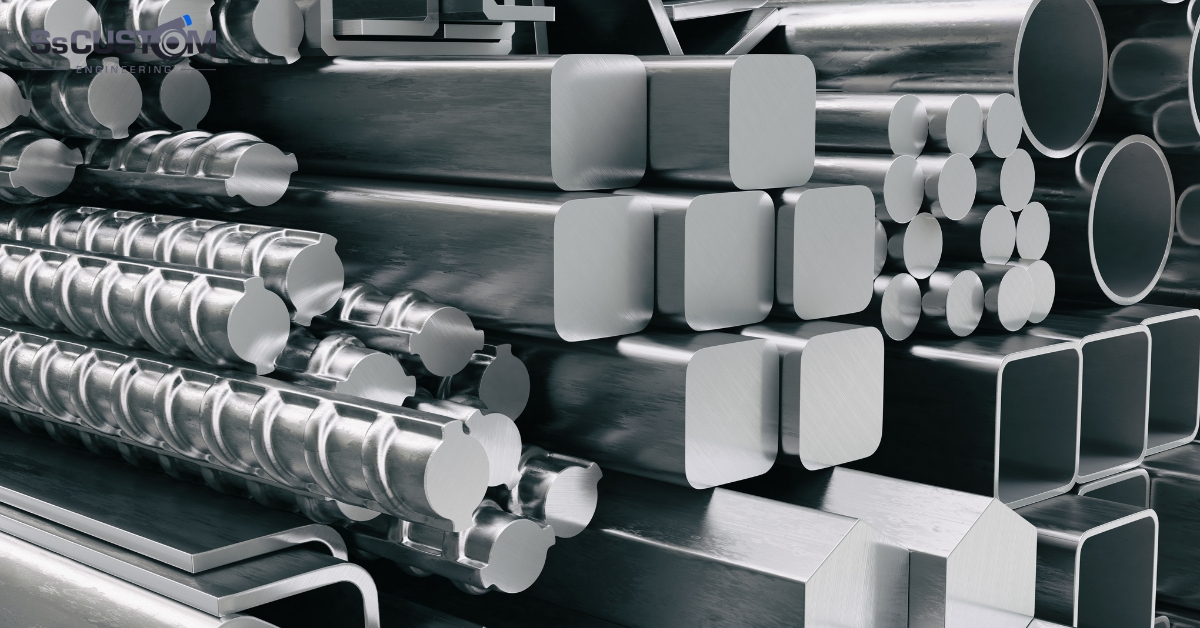Stainless V Bands – Secure and Reliable Clamping for Exhaust and Turbo Systems
Precision, performance, and durability are non-negotiable in exhaust and turbocharger systems, and one component that plays a critical role in achieving those goals is the stainless V band clamp. Designed to provide a strong and leak-free connection, stainless V bands are widely used in motorsports, aviation, industrial piping, and high-performance automotive applications. This guide explores the structure, benefits, types, and practical uses of stainless V bands, along with expert tips on installation, compatibility, and maintenance.
What Is a Stainless V Band?
A stainless V band is a circular clamp that uses a wedge-shaped (V-shaped) groove to securely join two mating flanges. When tightened, the clamp compresses the flanges together, creating a strong mechanical seal. This configuration ensures:
- High clamping force
- Easy disassembly and reassembly
- Leak-proof operation under pressure and vibration
These clamps are most commonly fabricated from 304 or 316 stainless steel, which offer strength and resistance to high temperatures and corrosive environments.
Key Benefits of Stainless V Bands
- Reusable and Adjustable
No gaskets or adhesives needed. V bands can be reused many times without degradation. - Leak-Proof Seal
Ideal for exhaust gases, pressurized air, and fluid systems where leaks cannot be tolerated. - Quick Assembly and Disassembly
A single nut allows fast access for servicing or modification, saving time on the track or in the shop. - Compact and Lightweight
Takes up less space than flanged or bolted systems, perfect for tight engine bays. - Heat and Corrosion Resistance
Stainless steel construction ensures durability even under extreme temperatures and weather exposure.
Where Are Stainless V Bands Used?
| Application Area | Use Case |
|---|---|
| Automotive Performance | Exhaust headers, downpipes, turbo outlets, catalytic systems |
| Aviation | Turbo props, intercooler piping, engine ducts |
| Marine Engines | Saltwater exhausts and intercooler systems |
| Industrial Systems | Pressurized piping, chemical processing, food-grade piping |
Components of a Stainless V Band Assembly
- Male and Female Flanges
Designed to nest into each other for a flush fit, helping align the system precisely and prevent leaks. - V Band Clamp
A stainless steel band with a T-bolt and a V-groove interior that tightens around the flanges. - Fastening Hardware
Typically includes a lock nut and bolt. Some high-end kits use quick-release latches or safety wire for extra security.
Types of Stainless V Bands
- Standard V Band
Most common, used in automotive exhaust systems and basic piping. - Interlocking V Band
Flanges interlock like puzzle pieces for added strength and improved alignment. - Quick Release V Band
Ideal for applications requiring frequent removal; no tools needed once installed.
V Band vs. Traditional Flanged or Slip-Fit Joints
| Feature | Stainless V Band | Flanged Joint | Slip-Fit Pipe |
|---|---|---|---|
| Leak Prevention | Excellent | Good (depends on gasket) | Poor (prone to leaks) |
| Ease of Maintenance | Very easy | Time-consuming | Moderate |
| Aesthetic Appearance | Clean and compact | Bulky | Basic |
| Space Efficiency | High | Low | Moderate |
| Reusability | Excellent | Fair | Good |
Clearly, the stainless V band offers significant performance and convenience advantages, especially for turbocharged or high-temperature exhaust systems.
Choosing the Right Stainless V Band Clamp
Consider the following when selecting a stainless V band:
- Material Grade:
Choose 304 stainless for general use and 316 stainless for marine or chemical exposure. - Size and Fit:
Match the outer diameter of your tubing; common sizes include 2″, 2.5″, 3″, and 4″. - Flange Compatibility:
Ensure that flanges are machined or cast to match. Mismatched flanges can cause leaks or misalignment. - Weld Type:
Available in butt-weld or slip-on configurations. Butt-weld offers a cleaner look, while slip-on is easier for beginners. - Thermal Expansion Consideration:
Choose clamps with floating inner rings or spring compensation in high-temperature systems.
Installation Tips
- Align Flanges Properly
Make sure the male and female flanges are seated flush before installing the clamp. - Use Anti-Seize Compound
Prevents the nut from galling during high-temperature operation. - Tighten Evenly
Use a torque wrench to apply consistent pressure for even clamping. - Do Not Over-Tighten
Excessive torque can distort the clamp or cause failure under vibration. - Allow for Expansion
In high-heat setups, leave a tiny gap to allow thermal growth without stressing the system.
Stainless V Bands in Turbo and Exhaust Systems
Stainless V bands are indispensable in turbo setups where heat, pressure, and vibrations are intense. Their leak-proof design ensures that boost pressure is maintained, and the easy disassembly feature makes turbo swaps or servicing hassle-free.
A trusted supplier of premium-grade stainless exhaust materials, including mandrel bends, tubes, and V bands, can be found here:
Their inventory supports custom builders, fabricators, and mechanics with durable, weld-ready components.
Maintenance and Longevity
While stainless V bands are built to last, a few habits can extend their life:
- Inspect Periodically: Look for signs of galling or flange warping.
- Clean Before Reassembly: Dirt or carbon deposits can affect the seal.
- Replace Worn Nuts and Bolts: Threads can weaken over time under thermal cycling.
Stainless V Bands vs. Aluminum V Bands
For those considering lighter alternatives, here’s a quick comparison:
| Feature | Stainless V Band | Aluminum V Band |
|---|---|---|
| Weight | Heavier | Lighter |
| Temperature Handling | Up to 1600°F | Up to 400°F |
| Corrosion Resistance | Superior | Moderate (requires anodizing) |
| Strength | Excellent | Good for low-pressure setups |
| Use Case | Exhausts, turbos, industrial piping | Intercoolers, intake pipes |
In high-heat and high-stress environments, stainless is the preferred material.
Final Thoughts
Stainless V bands are a small component with a big impact. They ensure secure, leak-free connections in the most demanding applications—whether you’re building a turbo manifold, racing car exhaust, or an industrial piping system.
With a clean appearance, easy installation, and unmatched durability, stainless V bands outperform traditional solutions in both performance and convenience. Whether you’re a professional fabricator or a DIY enthusiast, investing in high-quality stainless V band assemblies is a move toward long-term reliability.
For a wide selection of stainless exhaust materials and precision-fit components, browse premium inventory now at:


